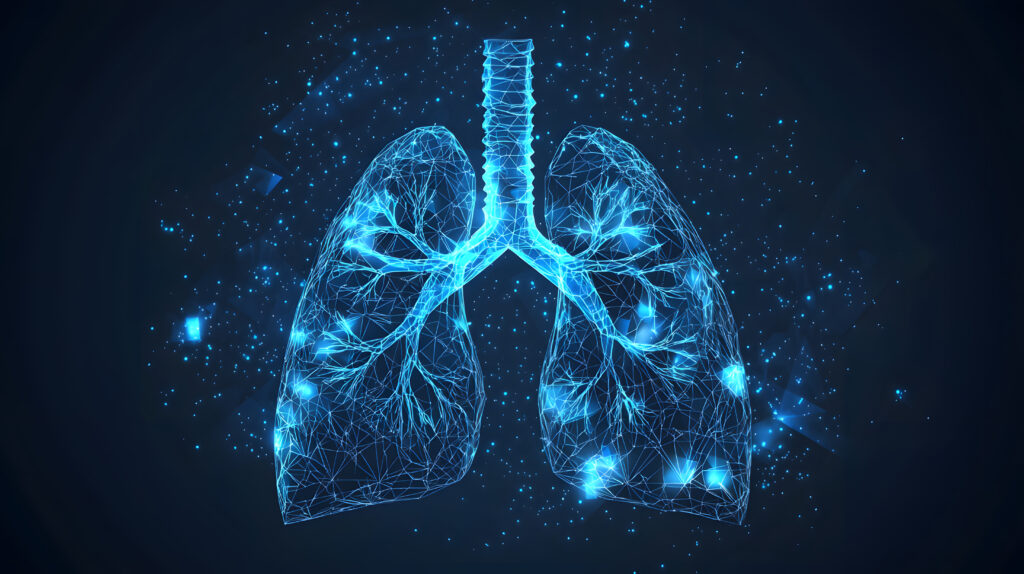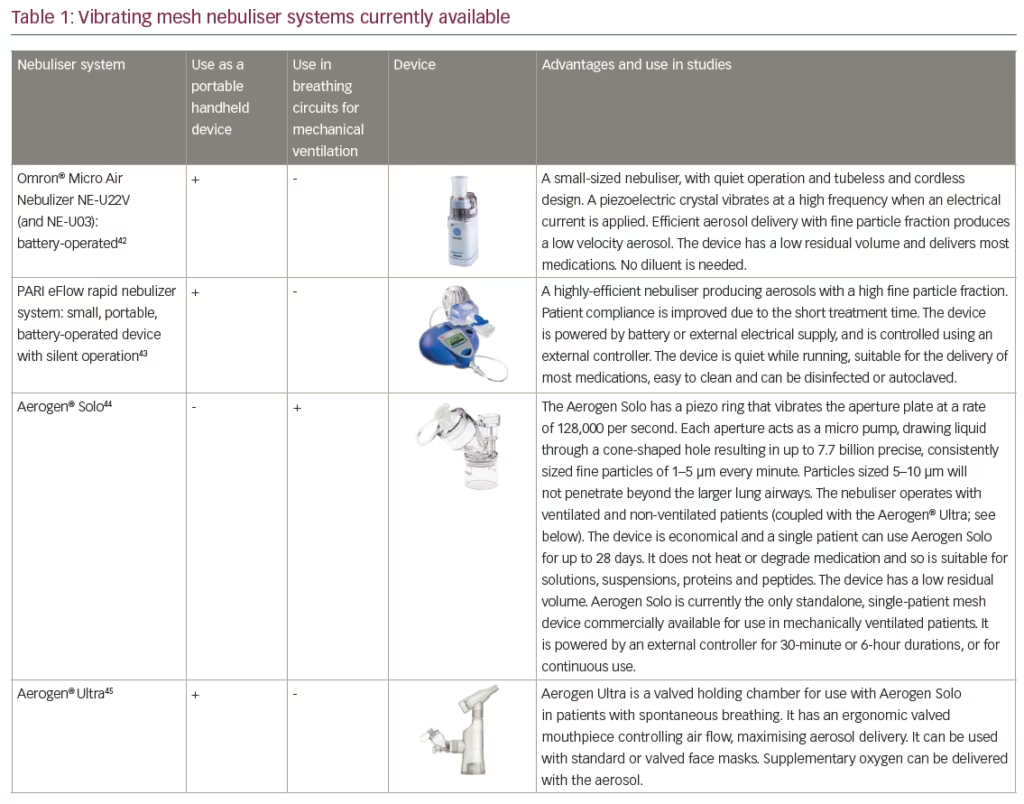Search Results
Showing Results for progressive pulmonary fibrosis,

Boehringer Ingelheim has announced that its investigational drug, nerandomilast (BI 1015550), has successfully met the primary endpoint in the phase III FIBRONEER™-ILD study. The trial assessed the absolute change from baseline in forced vital capacity (FVC) [mL] at Week 52 compared ...

Pentraxin-2 is a member of the pentraxin family of proteins, which includes C-reactive protein (CRP), pentraxin-2 and pentraxin-3.1–3 When initially discovered and characterized, pentraxin-2 was known as serum amyloid P (SAP) due to its isolation from amyloid deposits in humans; ...

Interstitial lung diseases (ILDs) are a heterogeneous group of disorders characterized by inflammation and/or fibrosis.1 Pulmonary fibrosis develops due to repeated cycles of injury and impaired repair with fibroblast activation and migration with the resultant deposition of extracellular matrix ...

Pulmonary alveolar proteinosis (PAP) is a rare pulmonary syndrome with a prevalence of approximately seven cases per 1 million individuals.1,2 PAP affects people of all age, sex, race and socioeconomic status. Based on the largest population studies conducted in the United ...

There is a genuine interest on the part of researchers and the pharmaceutical industry in developing so-called ‘bifunctional’ drugs – that is, single molecules with two different primary pharmacological actions.1,2 In this context, single molecules that are capable of simultaneously inducing ...

Interstitial lung disease (ILD) frequently complicates rheumatoid arthritis (RA).1 Moreover, it is more common among those who are male, smoke or are seropositive and with increasing age.1 Emergent risk factors include gain-of-function promoter variants in the MUC5B gene and ...

Idiopathic pulmonary fibrosis (IPF) is a rare, progressive lung disease, in which the lungs become scarred making breathing difficult and most patients with IPF progress to advanced disease. It was a pleasure to talk with Prof. Jürgen Behr (Ludwig-Maximilians-University ...

Asthma and chronic obstructive pulmonary disease (COPD) are disorders with predominantly chronic inflammatory airway features. They are increasingly recognized as entities on a heterogeneous obstructive airway disease continuum with distinct phenotypes, various degrees of overlap, and the predominance of asthma ...

Coronavirus is a family of enveloped RNA viruses that include the original SARS coronavirus (SARS-CoV) and the recently emerged SARS-CoV-2. According to the World Health Organization, there have been over 500 million confirmed SARS-CoV-2 infections, and well over 6 million deaths from ...

Alpha-1 antitrypsin (AAT) deficiency (AATD) is the second most common genetic disease to cause clinically significant lung disease, surpassed only by cystic fibrosis.1 AAT is a serine protease inhibitor primarily produced in hepatocytes, with a normal plasma level of 20–53 µM ...

Systemic sclerosis (SSc) is an autoimmune disorder characterized by inflammation and fibrosis of the skin and other organs. It has a range of clinical manifestations, and the typical internal organs involved include the lungs, kidneys, heart, and gastrointestinal tract. Though ...

Cystic fibrosis (CF), an inherited disease affecting all races and ethnicities, results from defects in the cystic fibrosis transmembrane conductance regulator (CFTR) gene, which leads to dysregulations in the ion and fluid balance across epithelial membranes throughout the body.1–3 The ...

Aerosol administration of drug therapies is a well-established and increasingly important delivery method for patients with acute or chronic respiratory conditions, especially for those receiving critical care. Aerosol therapies are now given to one-quarter of critically ill patients and one-fifth ...

Respiratory Function Loss and Respiratory Endpoints in DMD Duchenne muscular dystrophy (DMD) is the most common and devastating type of muscular dystrophy. Lack of the protein dystrophin causes severe and progressive myofibre degeneration, general muscle weakness and wasting. With increasing ...

Sarcoidosis is a chronic systemic disease of unknown origin that is characterised by the formation of non-caseating granulomas in the affected organs, predominantly in the lungs and the intrathoracic lymph nodes.1–3 Non-caseating granulomas most often appear in the lungs and ...

Sarcoidosis is a chronic systemic disease of unknown origin that is characterized by the formation of noncaseating granulomas in various organs, predominantly in the lungs. Granulomas are the pathologic hallmark of the disease and usually occur in the bronchial submucosa ...

Case Presentation The patient described was diagnosed with cystic fibrosis (CF) at 2 years of age. She was pancreatic insufficient and had an F508del homozygous genotype. Her pretransplant CF-course was complicated by CF-related diabetes, chronic sino-pulmonary colonization with Pseudomonas aeruginosa (...
Latest articles videos and clinical updates - straight to your inbox
Log into your Touch Account
Earn and track your CME credits on the go, save articles for later, and follow the latest congress coverage.
Register now for FREE Access
Register for free to hear about the latest expert-led education, peer-reviewed articles, conference highlights, and innovative CME activities.
Sign up with an Email
Or use a Social Account.
This Functionality is for
Members Only
Explore the latest in medical education and stay current in your field. Create a free account to track your learning.

